Description
CULTURE: Peas are a cool weather crop. Midsummer pickings are not as prolific as earlier harvests. For best yields ensure adequate fertility and a pH of 6.0-7.5. Adjust pH with ground limestone or wood ashes before planting. Plant the first sowing in early spring as soon as the soil can be worked. In well-drained soil, sow 1-1 1/2″ apart in a 3″ band (25 seeds/ft.), 1/2-1″ deep. Do not thin. Varieties under 3′ tall can be sown without support in rows 12″-18″ apart. For taller varieties use a trellis net or chicken wire to keep vines upright, easy to pick and off the ground where they are less likely to rot if rainy weather coincides with harvest. Suspend the bottom of the trellis net or chicken wire just above the young plants. The best time to install a trellis is at planting time. Normal row spacing is 4-6′ for trellised peas. Harvest when peas enlarge in the pods.
FALL CROP: Choose powdery mildew resistant varieties. Sow about 2 months before frost. Keep seeds well watered to encourage good germination.
INOCULANT: Inoculate peas to encourage formation of nitrogen producing nodules on the plant roots. This enriches the soil, results in larger plants, and increases yield.
DISEASES: The most common disease is probably pea root rot (Fusarium sp. or Aphanomyces euteiches) which causes browning and drying of the foliage from the ground up. The best control is to ensure well-drained soil and to rotate crops out of legumes for at least three years. Powdery mildew causes white, powdery mold on the leaves, stems, and pods in hot weather. Choose resistant varieties.
AVG. SEEDING RATE:1 lb./ 80′, 13 lb./1,000′, 272 lb./acre at 25 seeds/ft., in rows 24″ apart.
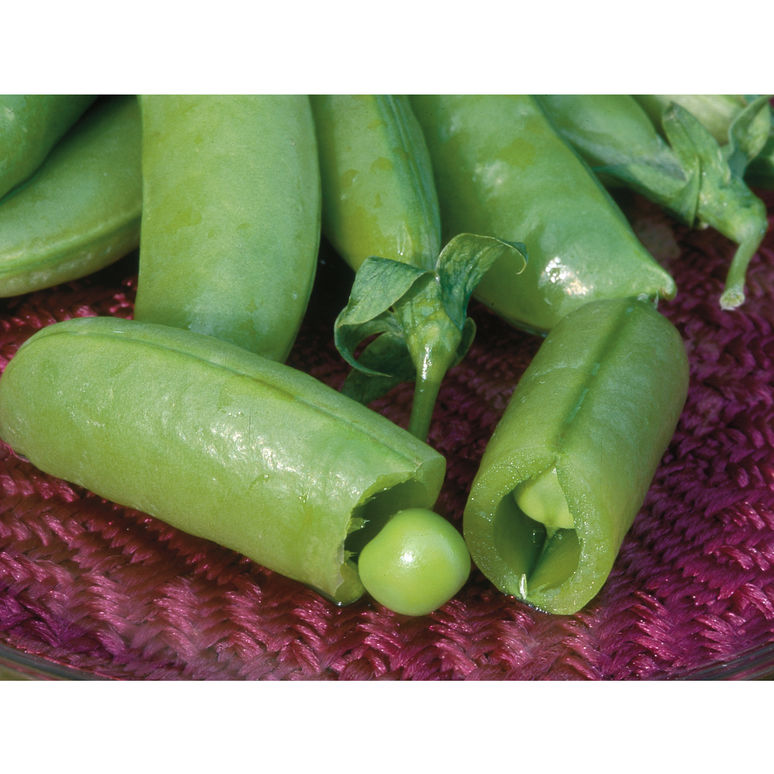
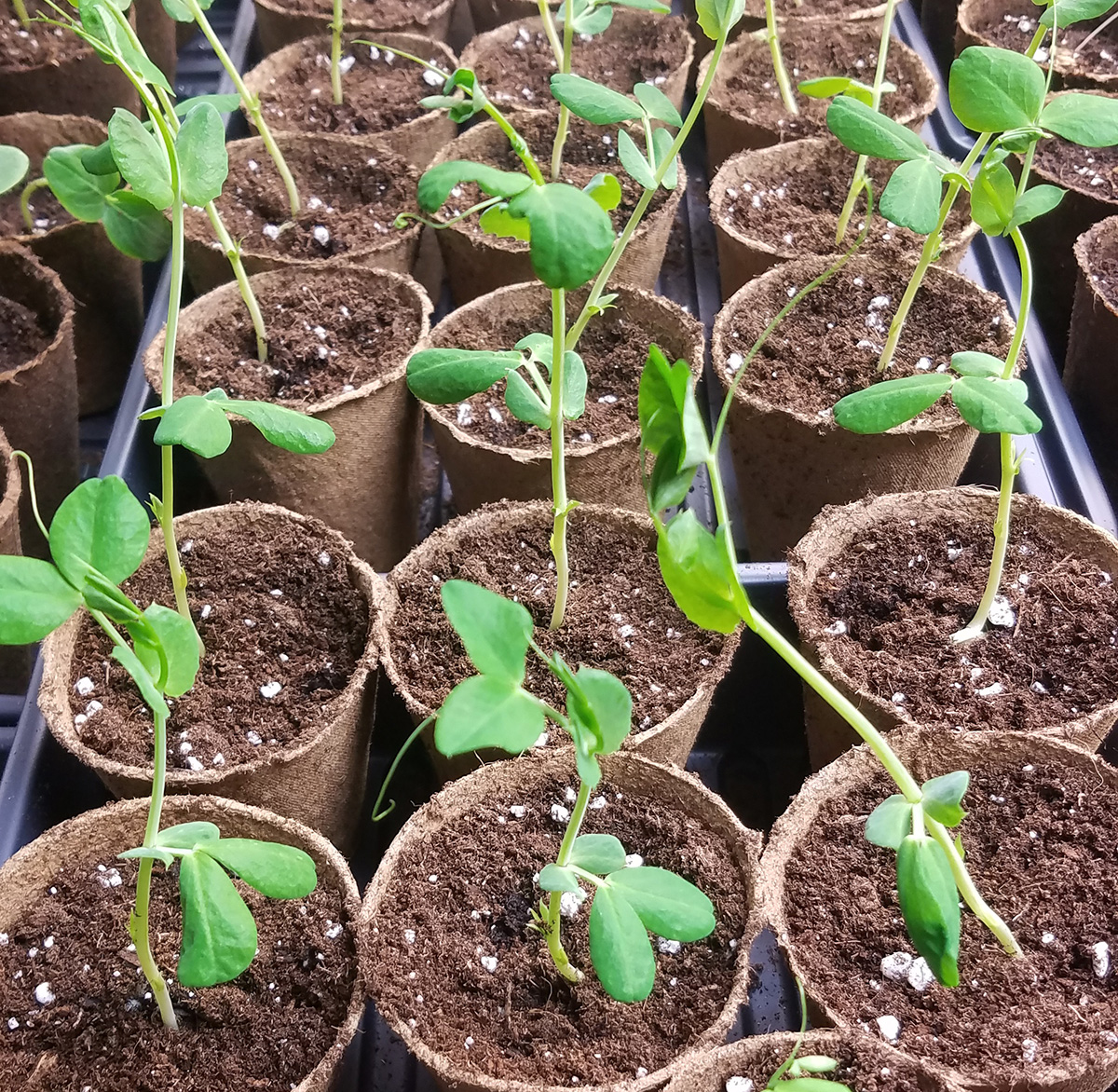
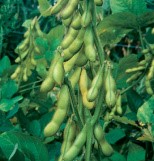
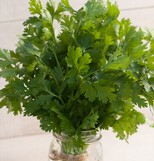
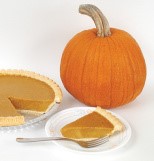
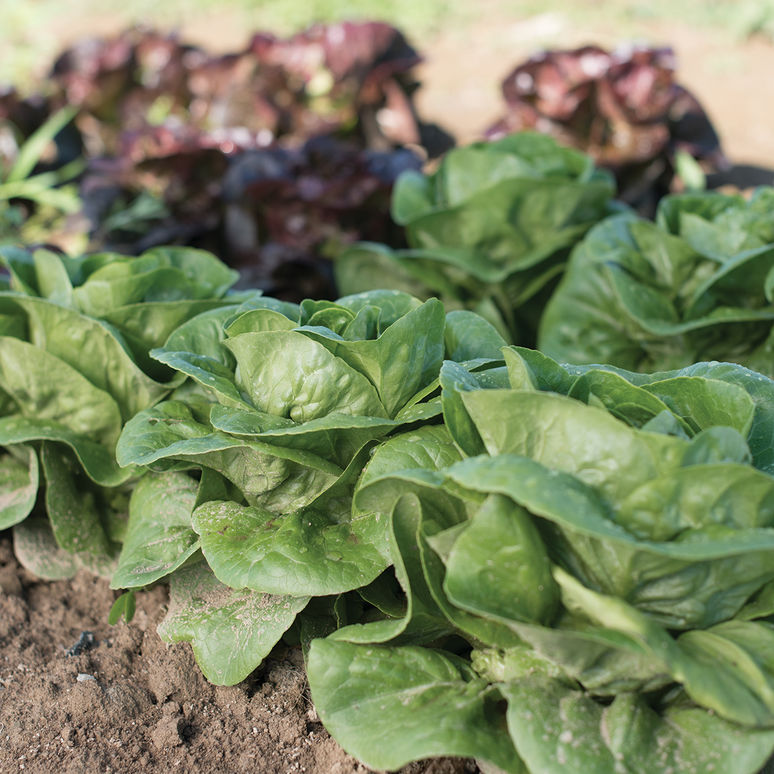
Reviews
There are no reviews yet.